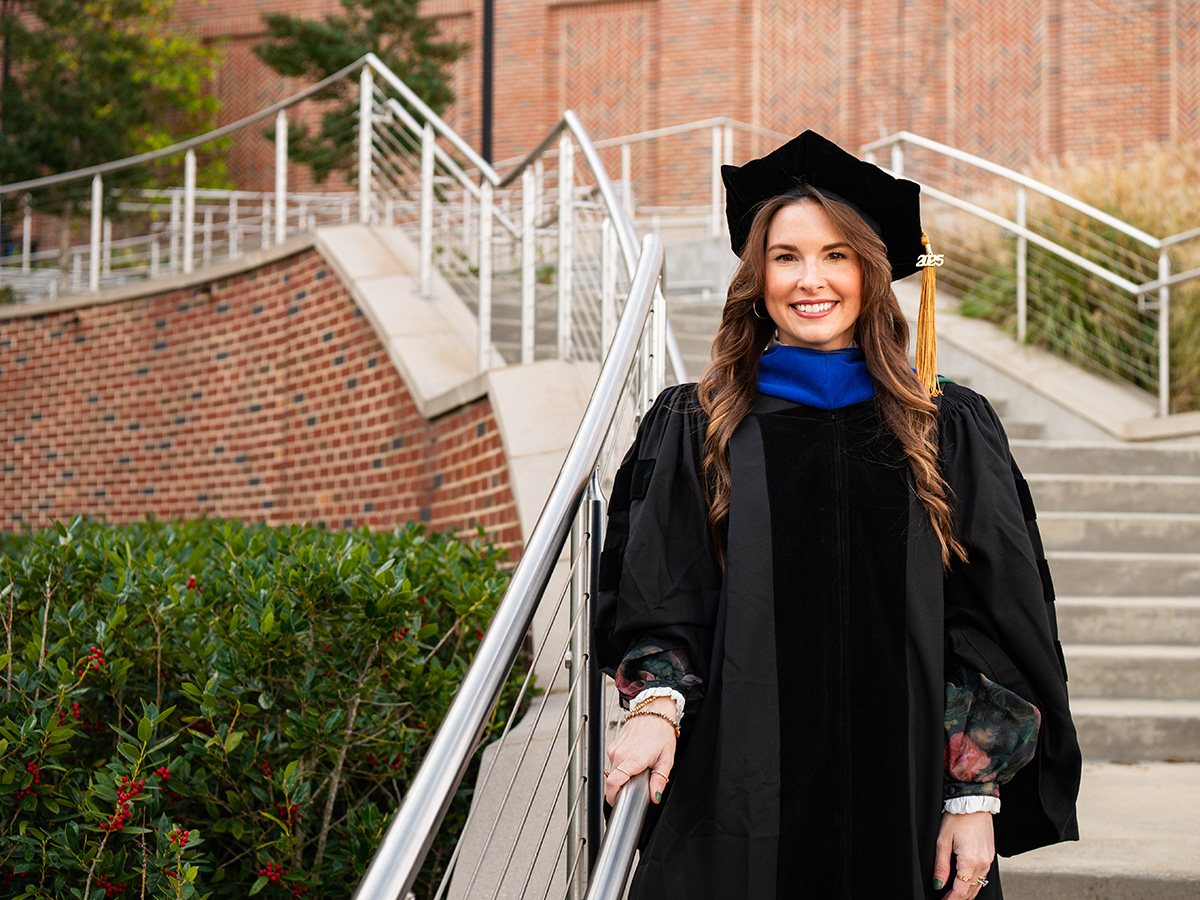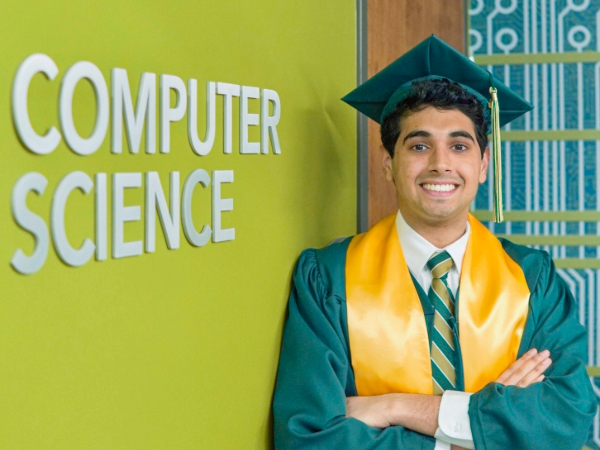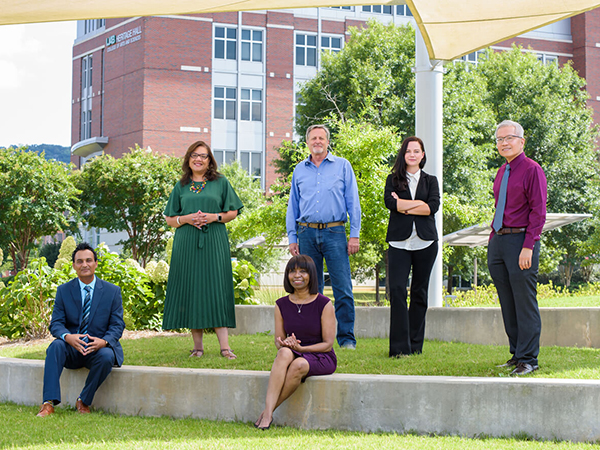 From left to right, Shahid Mukhtar, Kecia M. Thomas, Verna Keith, Rich Gere, Lauren Rast, and David Chan. Photo by Nik Layman.There is an ebb and flow to the world that stretches across the centuries. Breakdowns are followed by breakthroughs. Desolation sparks inspiration. Harsh reality is softened by imaginative artistry. And so, the plague of the 14th century led to the revival of the Renaissance. The flu pandemic of 1918-19 was followed by the Jazz Age of the Roaring Twenties. And the horrors of World War II were replaced by an outpouring of aesthetic creativity and scientific advancement.
From left to right, Shahid Mukhtar, Kecia M. Thomas, Verna Keith, Rich Gere, Lauren Rast, and David Chan. Photo by Nik Layman.There is an ebb and flow to the world that stretches across the centuries. Breakdowns are followed by breakthroughs. Desolation sparks inspiration. Harsh reality is softened by imaginative artistry. And so, the plague of the 14th century led to the revival of the Renaissance. The flu pandemic of 1918-19 was followed by the Jazz Age of the Roaring Twenties. And the horrors of World War II were replaced by an outpouring of aesthetic creativity and scientific advancement.
The world stands at the edge of another historic transition, as we emerge slowly from the COVID-19 pandemic. As difficult as the past 18 months have been (and the immediate future still appears to be), this is not unprecedented territory. There have always been challenging events to endure. And yet, the world somehow has always recovered, usually with a big assist from the arts and sciences.
“The humanities are going to be needed when the pandemic is over,” said David Chan, Ph.D., professor and chair of the Department of Philosophy. “One of the things you’re finding nowadays is that people need to find meaning… because it all seems so random. That’s where literature, art, philosophy all come in. They help people cope with change and disasters.”
“How do you tell a story about all this so it helps [people] find meaning? These are questions that are being addressed in every branch of the humanities, and that’s where [the College of Arts and Sciences] brings something,” said Chan.
Or as Rich Gere, MFA, professor and chair of the Department of Art and Art History, says, “Historically, if you look at resilience within community, after every major disaster, [society] looks to the arts to bring it back. Right after the first responders, the second responders are artists.”
It is a daunting task, but one that the College of Arts and Sciences (CAS) is ready to handle. In August 2021, Dean Kecia M. Thomas, brought together five members of the College to discuss the challenges of the previous year, and the opportunities that are on the horizon.
Even this roundtable was affected by the ongoing pandemic, as the late-summer surge in COVID-19 cases led to the scheduled in-person gathering being changed to a Zoom meeting. Still, the participants expressed optimism about the future and acknowledged the way CAS has handled things so far.
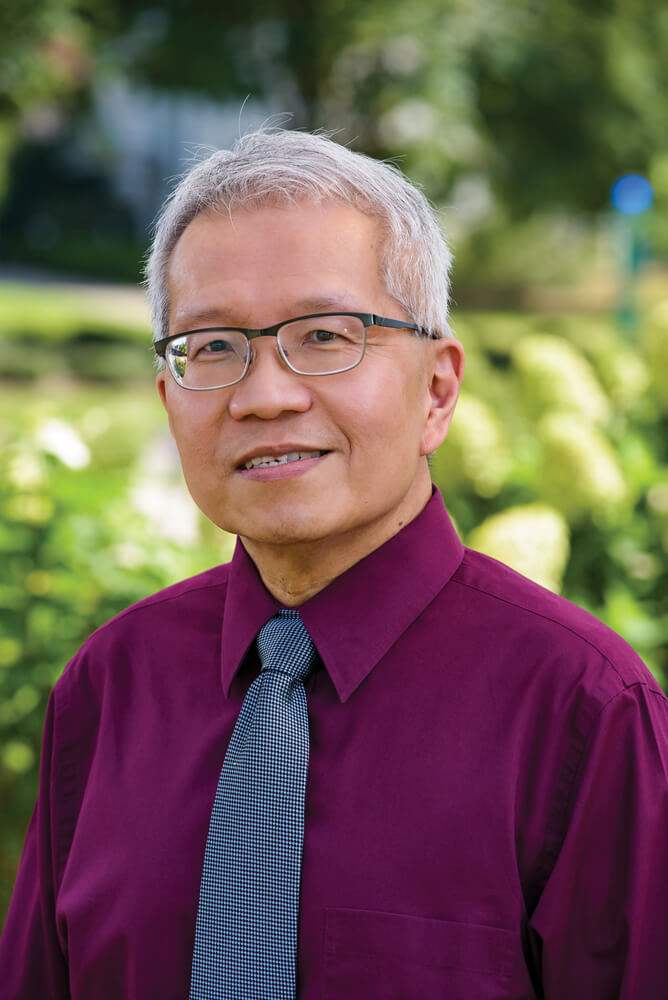
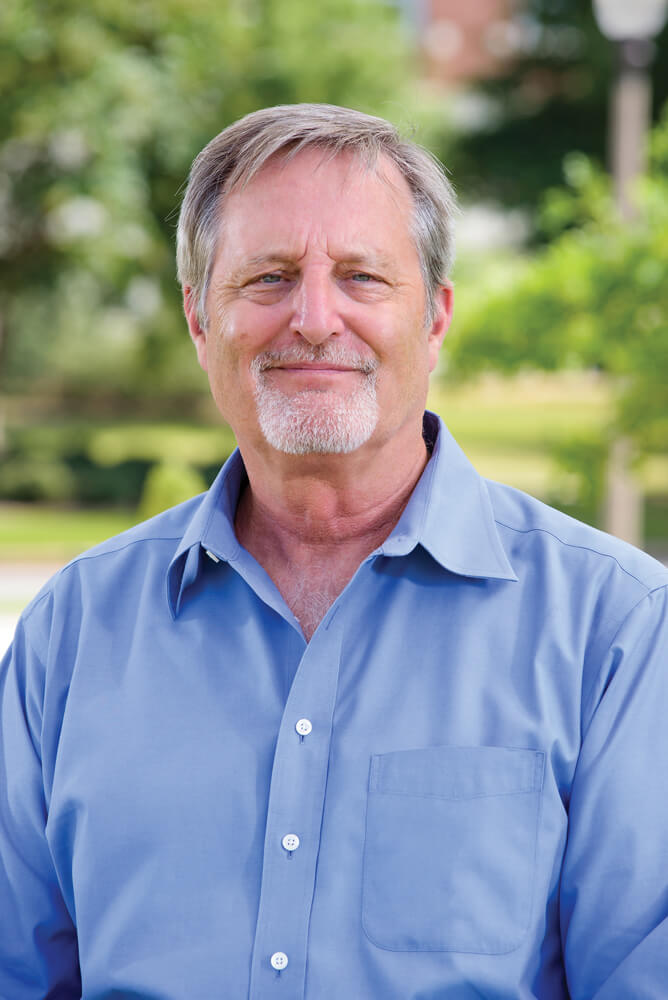
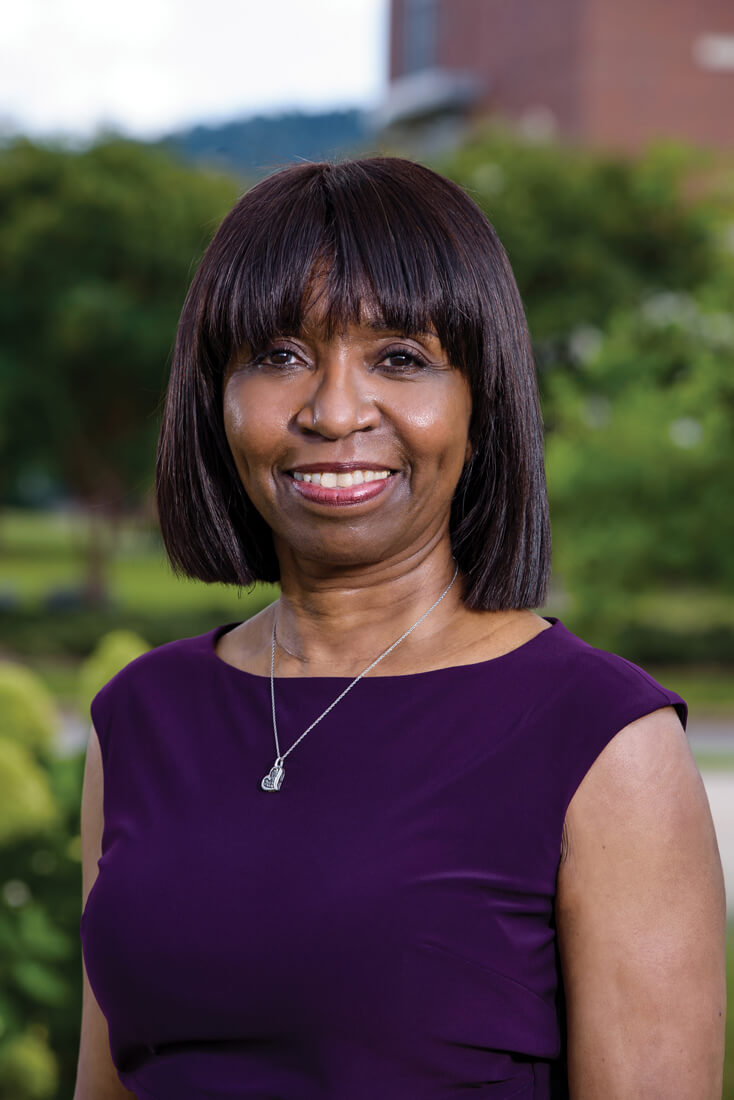
From left to right: David Chan, Rich Gere, and Verna Keith
The past year
Thomas took over as dean on Aug. 1, 2020. Not only did it mark a dramatic change in her life after spending the previous 27 years at the University of Georgia, but the move occurred in the midst of the pandemic.
“This has been a really eventful year, and it’s not over,” Thomas said. “I’ve had to learn to give myself a little patience and grace as I’ve learned this new role in this new place in this new city.”
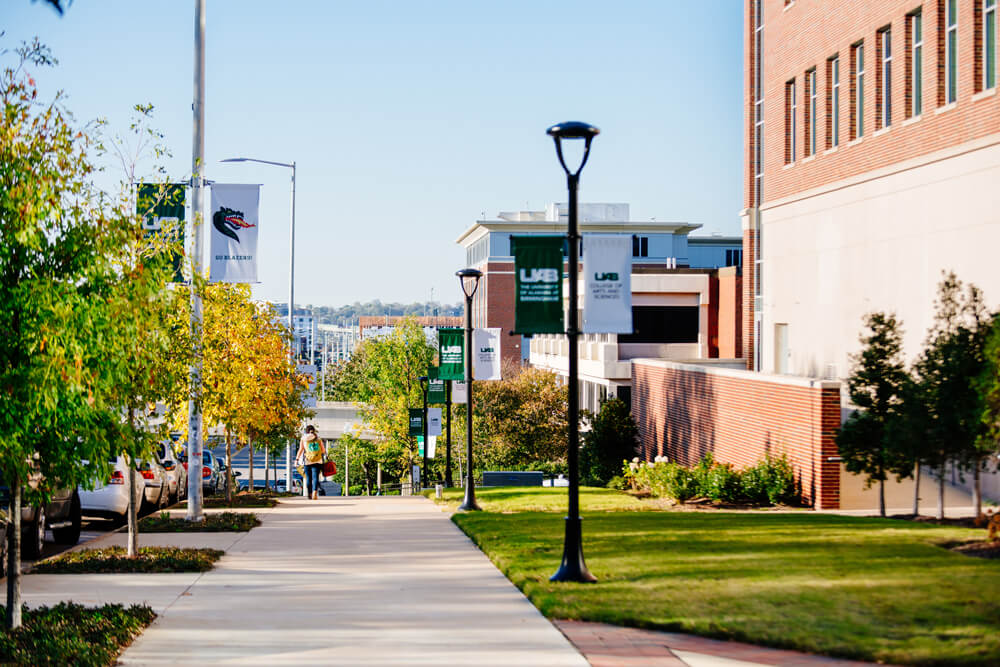 Of course, life changed for everybody last year in some way, and the key was to adapt to the situation. For CAS faculty, that included suddenly being required to teach students through remote learning.
Of course, life changed for everybody last year in some way, and the key was to adapt to the situation. For CAS faculty, that included suddenly being required to teach students through remote learning.
“We had to learn the technology very quickly,” said Shahid Mukhtar, Ph.D., associate professor in the Department of Biology. “CAS Information Technology helped us tremendously.”
“It actually made us better teachers in the classroom, because now we know how we can effectively communicate with our students even when we’re not present in the same place. And when we come back to campus, we can utilize some of those newly acquired skills.”
Indeed, the entire interaction between faculty and students has changed since the start of the pandemic. And, in an odd way, being apart actually helped bring both parties closer together.
“One of the things that I learned was how to talk to students on a different kind of level,” said Verna Keith, Ph.D., professor and chair of the Department of Sociology. “Since I’m the chair, they’re expecting a certain kind of interaction. But when I had to call them at home and check on them during this pandemic because we hadn’t heard from them, it generated a totally different kind of conversation.”
“I realized that the position of chair when you’re in an office creates one kind of dynamic, but when you’re talking with somebody on the phone it created a different dynamic. They saw me in a different light, so we had a different kind of conversation.”
This, in turn, created a different kind of relationship. One in which the teachers also depended upon the students for their own grounding.
“I realized I get a sense of purpose from helping my students,” said Lauren Rast, Ph.D., assistant professor in the Department of Physics. “Teaching them in ways that help their future and their careers. … It’s vital, not just for them but also for my own ability to maintain resilience.”
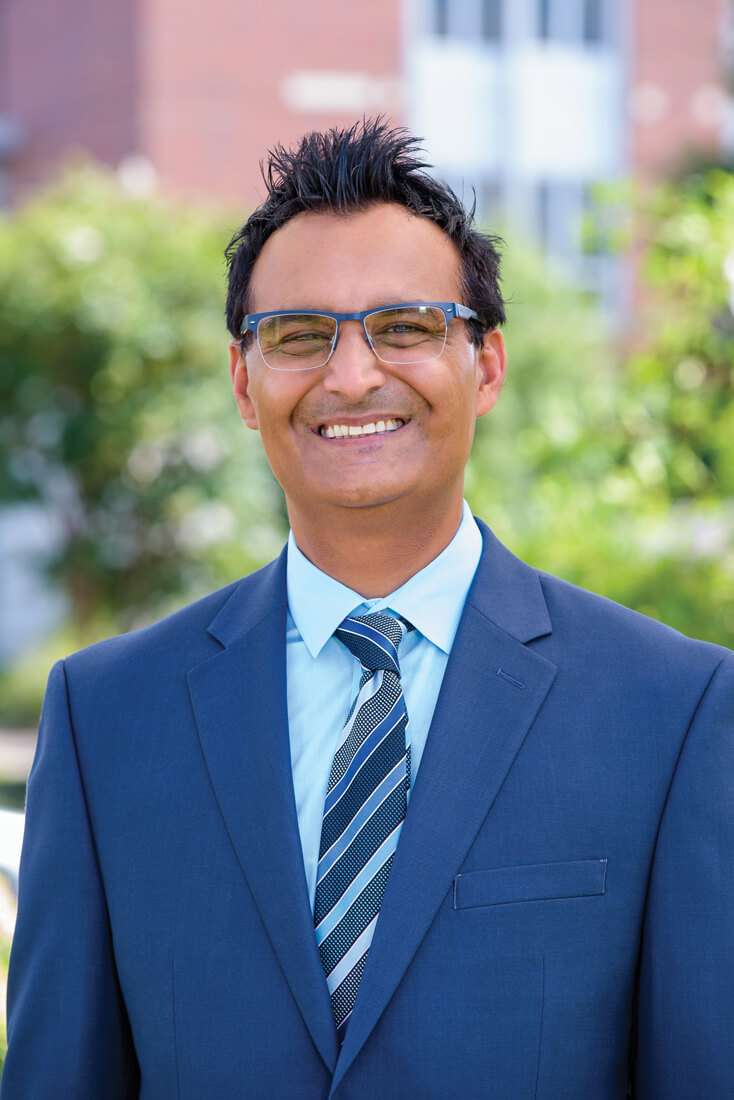
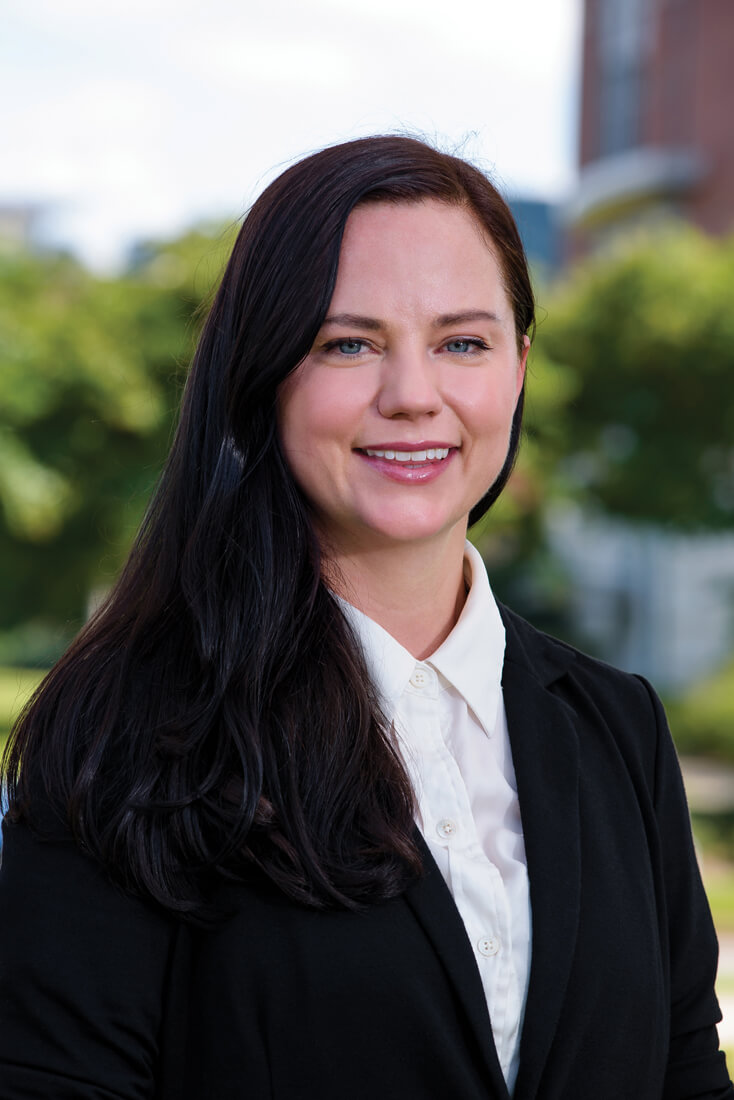
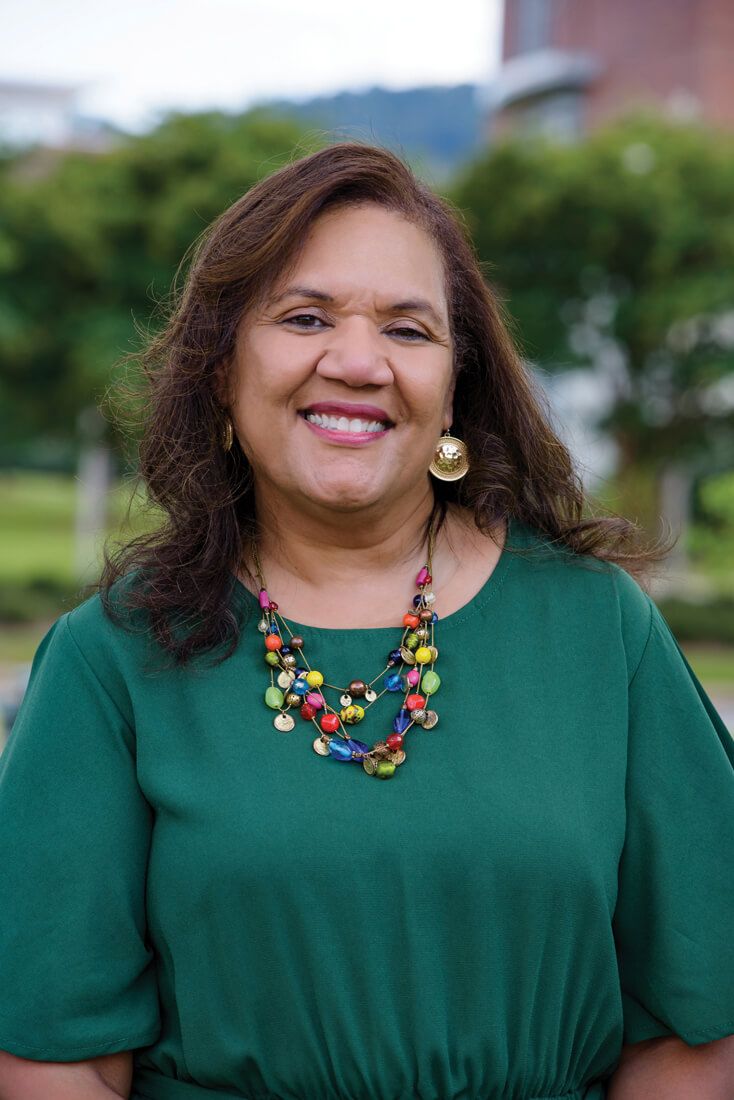
From left to right: Shahid Mukhtar, Lauren Rast, and Kecia Thomas
Lessons learned
One aspect of the Zoom experience that Dean Thomas enjoyed was the opportunity to see students and professional colleagues in a more relaxed atmosphere.
“So many people have apologized during Zoom meetings when a toddler or a cat walked through the background,” Thomas said. “But I love it, because we don’t often get the opportunity to remind each other of our humanity. That we are full, whole people beyond these very limited roles that we occupy. … That we have rich lives outside of work. That’s what I’m going to hold onto coming out of this pandemic.”
There also were professional positives to emerge from the remote approach. And in time, Gere said many of the early skeptics came to understand and appreciate those benefits.
“I had people who self-proclaimed that they are not technology people and can’t teach online,” Gere said. “About halfway through the semester last fall they said, ‘Thank you for forcing me to do this.’ … Some faculty thought it was going to be a train wreck of a semester, but they did really well.”
“One of the things I’ve also noticed is that everybody is always on time to a Zoom meeting. Thirty years in academia, I’ve never seen anything like it.”
In addition, the acceptance of remote learning has opened up a wider array of guest lecturers. Keith pointed out that it is much easier for somebody to devote 90 minutes of time to talking with a class through a Zoom meeting, as opposed to traveling to Birmingham and speaking in person.
“Zoom opened up a lot of avenues, because now we can expose our students to people all over the United States and internationally,” Keith said. “People have been generous about accepting engagements on Zoom. We’ve been able to bring some fairly prominent folks to talk to our students, and that’s probably going to continue.”
Despite the heavier reliance on technology, there remained opportunities to inject a human element into the teaching. Rast said she began opening every remote class by simply asking the students if they were doing OK.
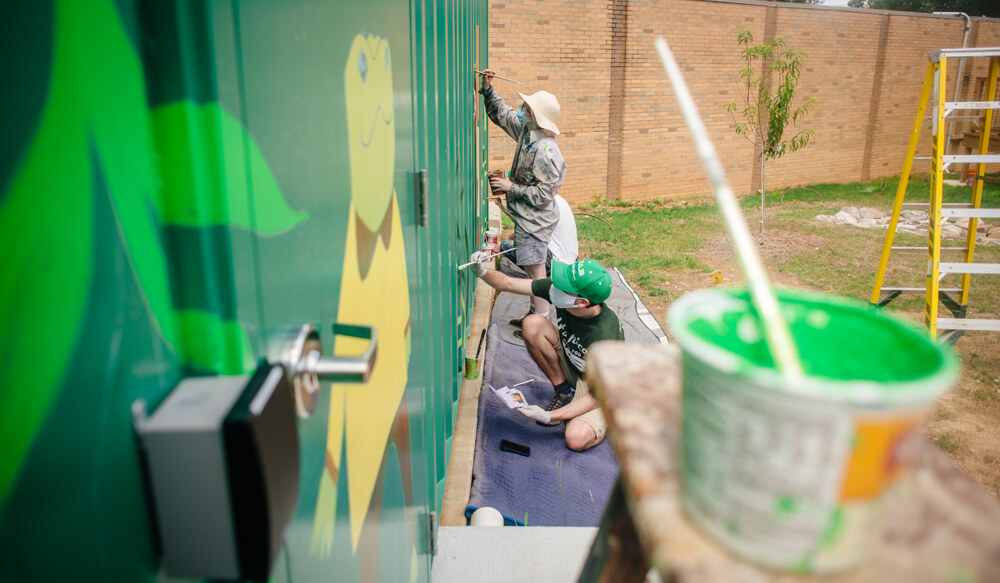 Students in facemasks paint an outdoor mural at the UAB Solar House.
Students in facemasks paint an outdoor mural at the UAB Solar House.
“If you can humanize yourself, that helps you to connect,” said Rast. “It helps them to learn, but also to feel supported in the learning environment. I definitely plan to continue that.”
Beyond the pandemic
While the response to COVID-19 dominated 2020, there were other important topics, including issues involving social justice and voting rights.
“Certainly, health and the pandemic are the biggest things on everyone’s mind,” Thomas said. “But there are also the issues of race and social justice, and what people are calling ‘the national reckoning.’”
“As we think about health, emerging technologies, and how we engage society—this issue of trying to establish an inclusive community and eradicate the injustices and inequities and disparities—how do the arts and sciences fit in with those [topics]? I think there is space for our disciplines to connect to all those areas.”
Keith said one element of community engagement already underway in Birmingham is the Live HealthSmart Alabama project, which was the winner of the inaugural UAB Grand Challenge. The goal of the project is to dramatically improve the state of Alabama’s health rankings by the year 2030.
Initially, the project consists of four demonstration communities, including one on the UAB campus. The UAB Minority Health & Health Disparities Research Center will work with the communities to promote nutrition, physical activity, and preventive wellness.
“This offers a lot of opportunities for different aspects of CAS to be involved,” Keith said. “Some of us are involved in the research side, but you can also be involved as a faculty member or a student. This is one of those things where we can build community engagement into our classes and also involve students in this worthwhile project.”
As for the overall social issues, Chan said the pandemic put a spotlight on the ways injustices and inequalities affect communities, providing relevant cases that can be used in coursework.
“One of my colleagues teaches a class in Family and Philosophy. She deals with issues about families and raising children,” Chan said. “We have students who are working mothers, and they can have problems taking classes. She found that the pandemic gave her examples she could use in class that students could relate to, because they were actually experiencing that in their lives.”
Career development and more
While one of the primary purposes of higher education is to prepare students for a career, it also is a place where students learn about life itself.
“I do believe, of course, that our students should be prepared to pursue a career when they graduate. But I also think that our mission is a little bit broader, and we need to serve the whole person,” Thomas said.
The answer, once again, could involve community engagement. Mukhtar said he would like to see even more programs and workshops that showcase the engagement opportunities CAS has to offer, in order to help students determine the career path that might be best for them.
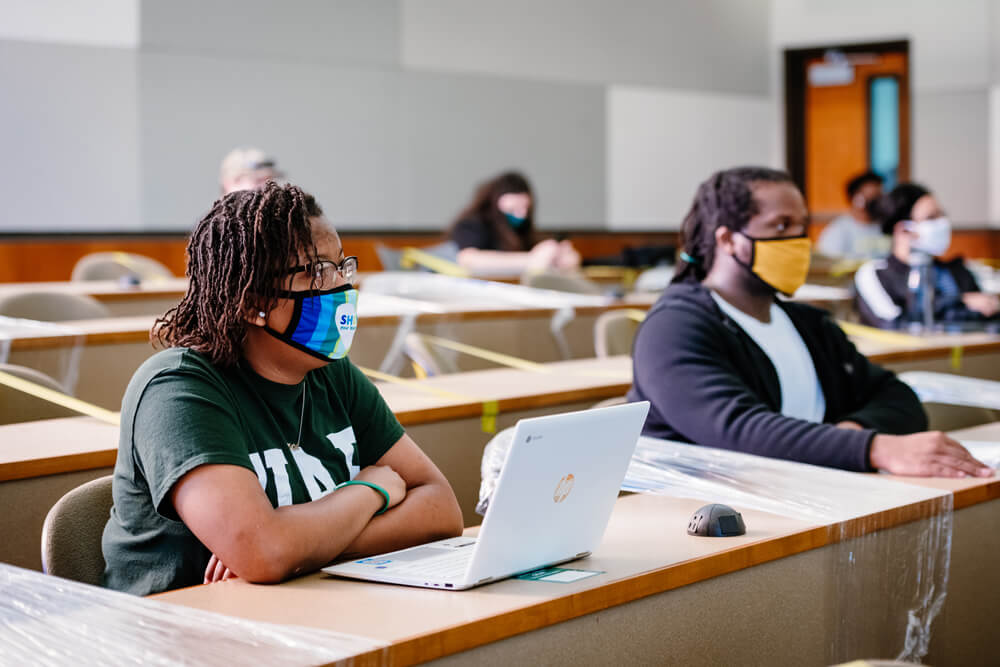 “Some kids are first-generation college students. Who can guide them? Where is the information? What are their (career) paths?” Mukhtar said. “We need ... to educate students from the ground up.”
“Some kids are first-generation college students. Who can guide them? Where is the information? What are their (career) paths?” Mukhtar said. “We need ... to educate students from the ground up.”
One area of opportunity is in the field of data management. According to analysis by the Birmingham Business Alliance, data scientist jobs in the Birmingham region have increased by more than 45 percent over the past five years, and these positions on average pay 65 percent more (approximately $26,000 more annually) than jobs not requiring analysis skills. UAB is engaging in this growing field through the Magic City Data Collective, a partnership with the Birmingham Business Alliance and the Birmingham Education Foundation, with funding help through a grant from the Michael & Susan Dell Foundation. The goal is to bring local students, researchers, and data experts together to work on projects, enabling students to improve their analytics and computational skills.
“We recruited a really diverse student population, and in an interdisciplinary hands-on way these students were empowered to come up with results that were relevant to the city of Birmingham and will help make data-driven decisions for our community,” said Rast, who serves as the learning manager for the project. “When we have this information and locals are able to use data to make decisions and impact their community, that’s a positive thing we can do at the College of Arts and Sciences. It was my favorite thing that I’ve done all year.”
Looking ahead
Dean Thomas wrapped up the hour-long discussion by asking each participant for a parting thought. Their messages indicated that despite all the difficulties of the past 18 months (and counting), their outlook remains optimistic, propelled in part by the determination of CAS and UAB as a whole to work together for a better future.
CHAN: “My message would be to build connections while you’re here, and stay connected after you leave. See what you can build here and then continue the relationships. This isn’t just some phase in a life—it is something that will be with you all your life.”
RAST: “I’d love to engage with my fellow UAB faculty and staff and students across disciplines in ways that break silos. Because of the diversity of our UAB community and our background interests, there is a lot of opportunity for creativity and ideas that benefit our community.”
MUKHTAR: “We are a UAB family. And one of the things we learned during this pandemic is that life is so fragile. Today we are together and the next day we are not. We’ve known this, but when you see it firsthand, then you really feel it and it touches you deeply inside. Today at the College of Arts and Sciences, we are closer to each other than we were two years ago. That affects all of us… So my message would be just to be together as a UAB family and be more productive as a member of the family.”
KEITH: “I’d like to give a shout-out to the entire faculty in CAS… Our faculty are the people who are creative, who make discoveries, who produce knowledge. Rather than just being people who pass knowledge on, they are doing that work themselves. So students who come to UAB are lucky that they’re exposed to that. It’s something that will last them for a lifetime.”
GERE: “I’d like to speak on behalf of my colleagues in theatre and dance and music. Because the last 18 months have been a reminder that the arts help pull everybody together… These are great and strong programs, and they attract top-notch students from Alabama and beyond.”

